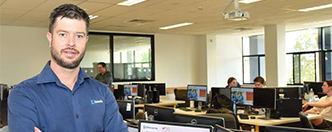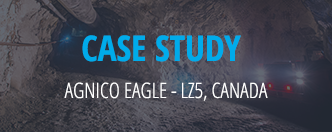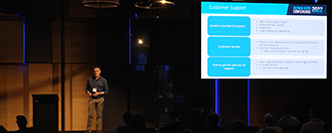Let’s work together: why data interoperability initiatives are good news for mining companies
That sinking feeling when you realise the data you need is available in another computer system but not in a format you can access. You may need to map it to another format before you can import it and to do that, you may need to have a bespoke data translation program written.
Alternatively, you may decide you don’t have time or it’s too much trouble and you’ll work with what you have – less accurate or relevant data that doesn’t have to be turned inside out and shaken before it’s able to be used.
For professionals working in the resources sector, this scenario is all too familiar. Many mining companies operate with a selection of best-of-breed solutions which perform specialised functions extremely well and communicate with other best-of-breed solutions poorly, or not at all.
Exchanging data manually between them is typically a laborious process and one that can lead to the introduction of errors, which can, in turn, contribute to sub-optimal decision making and loss of value.
The good news is, an alternative to this inefficient modus operandi is emerging, courtesy of the Global Mining Guidelines Group, a network of organisations committed to driving positive change across the resources sector.
The Group’s Open Mining Format (OMF) interoperability project is developing an open 3D data exchange format to enable complex files to be shared seamlessly between third party mining solutions, and encouraging vendors to adopt them.
At Deswik we don’t need encouragement. We’ve always had an open approach to data, born of necessity, as well as ideology. As a late entrant to the industry – we celebrate our eleventh birthday this year – being able to incorporate data from other systems into our own was a must, from the get-go.
Historically, some vendors saw things differently, viewing proprietary formats as a means of locking customers in to their solutions. That’s a paradigm that’s become outmoded in the digital era where the benefits of data sharing and interoperability are well acknowledged.
Version One of the OMF was released in 2017 and, along with Deswik technical director Adam White, I’m proud to be part of the international working group that’s putting Version Two together.
The initial focus was on the primary data types needed to complete the mine planning process. More recently, attention has turned to the data formats used in block modelling.
The end goal is to see the OMF incorporated in all 30-odd mining software packages currently in use across the industry. That’s a way off yet but it’s gratifying to be part of the initiative and see the strong engagement from miners and software vendors alike. We’re all cognisant of the benefits an open format will deliver and share a common goal: to make it quicker and easier for users to access the data they need to carry out their roles.
Here at Deswik, we’re excited by the prospect of seeing the Deswik suite of specialised modules integrated within your digital eco-system. As the benefits of data exchange and interoperability continue to demonstrate themselves, we hope you will benefit too.
Jayne Kato
Product Manager – Deswik.CAD



